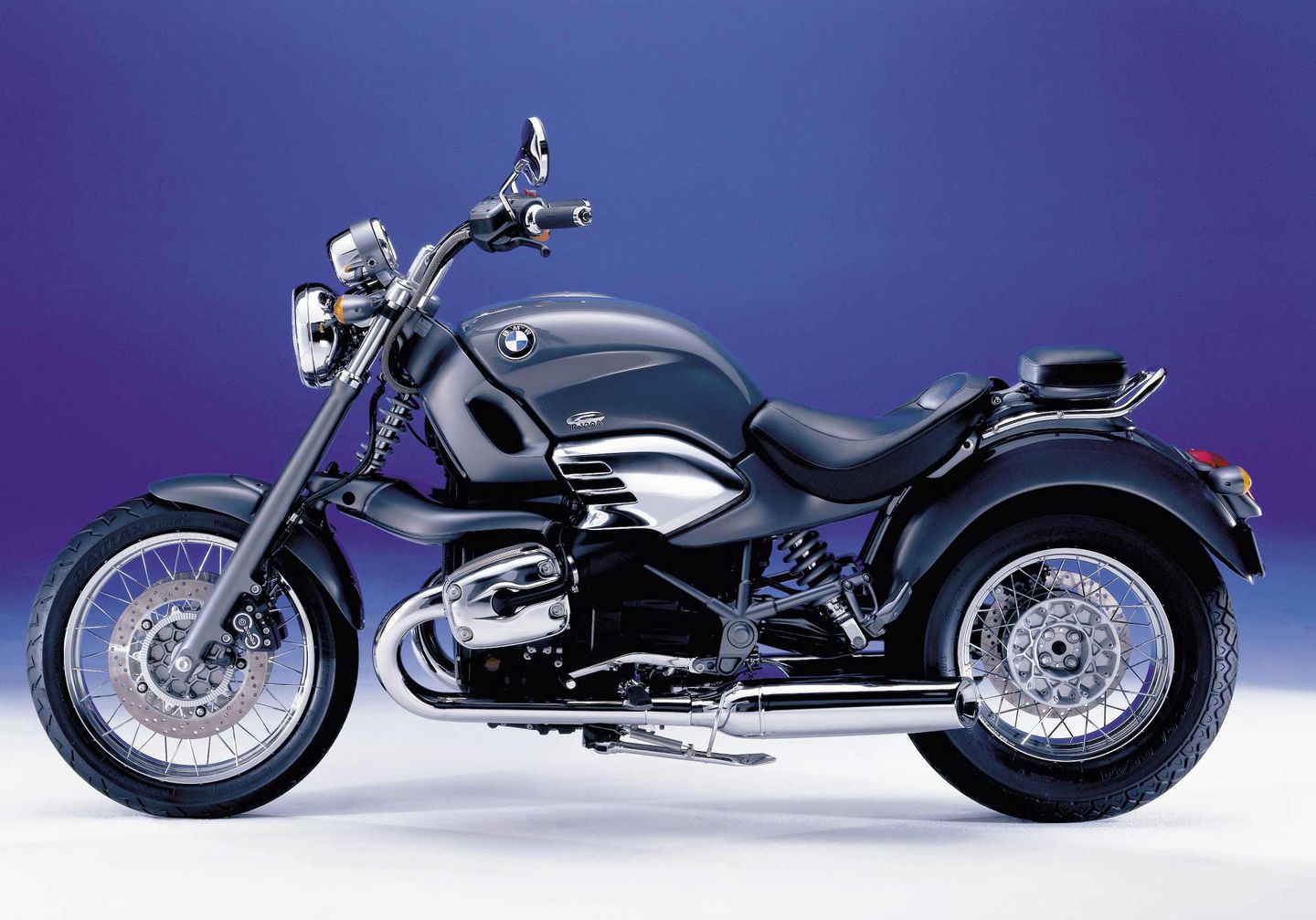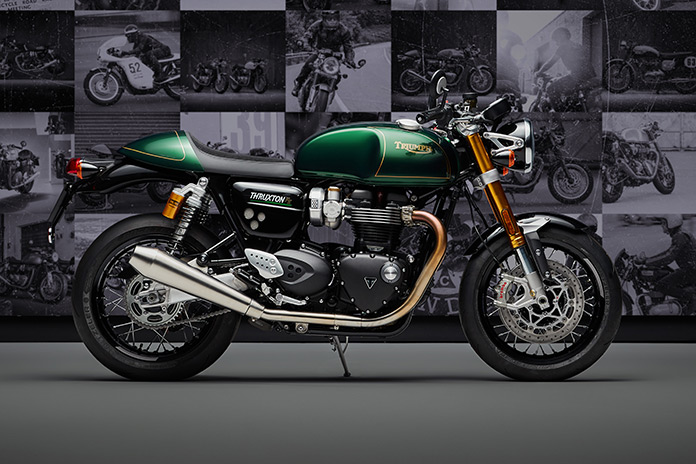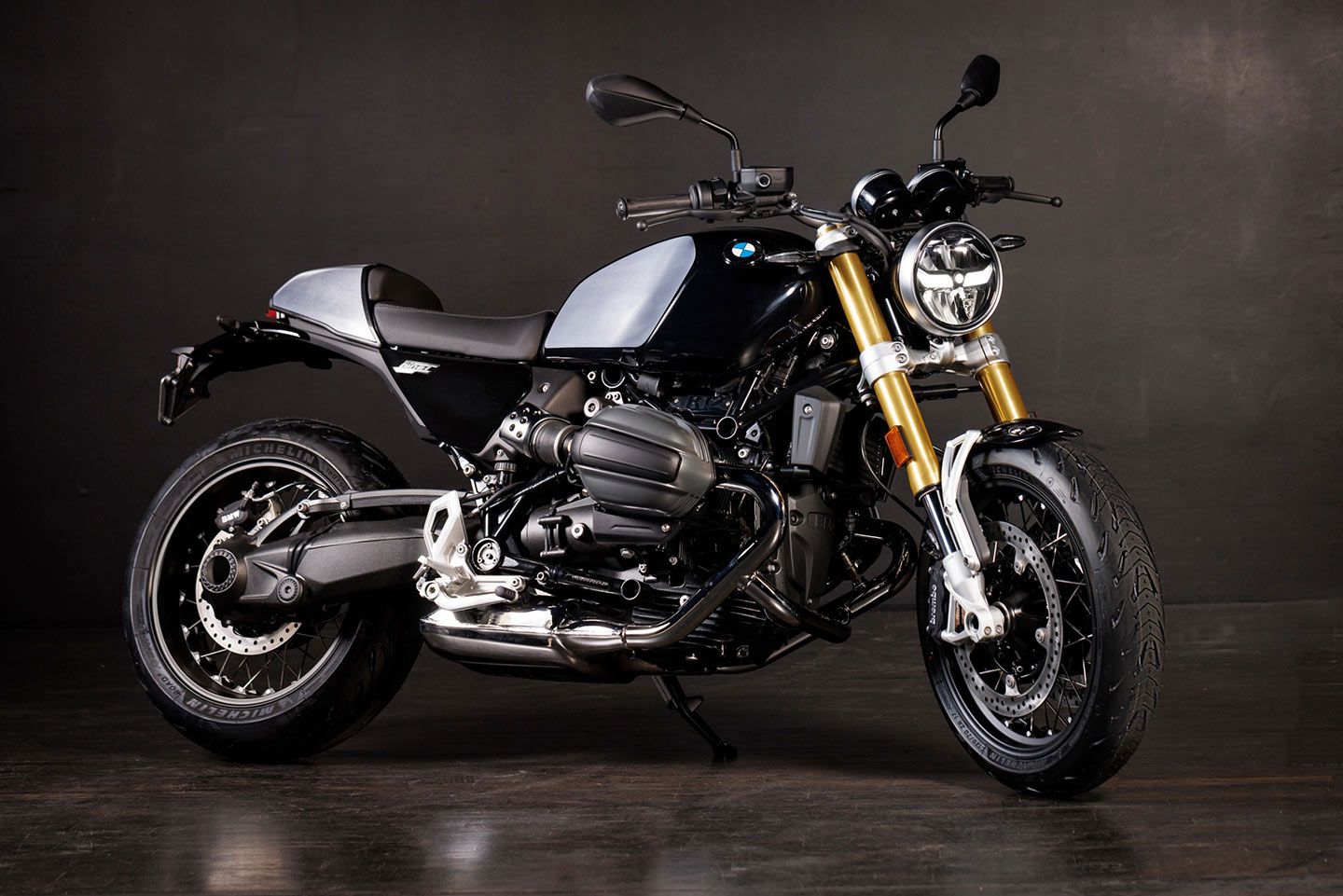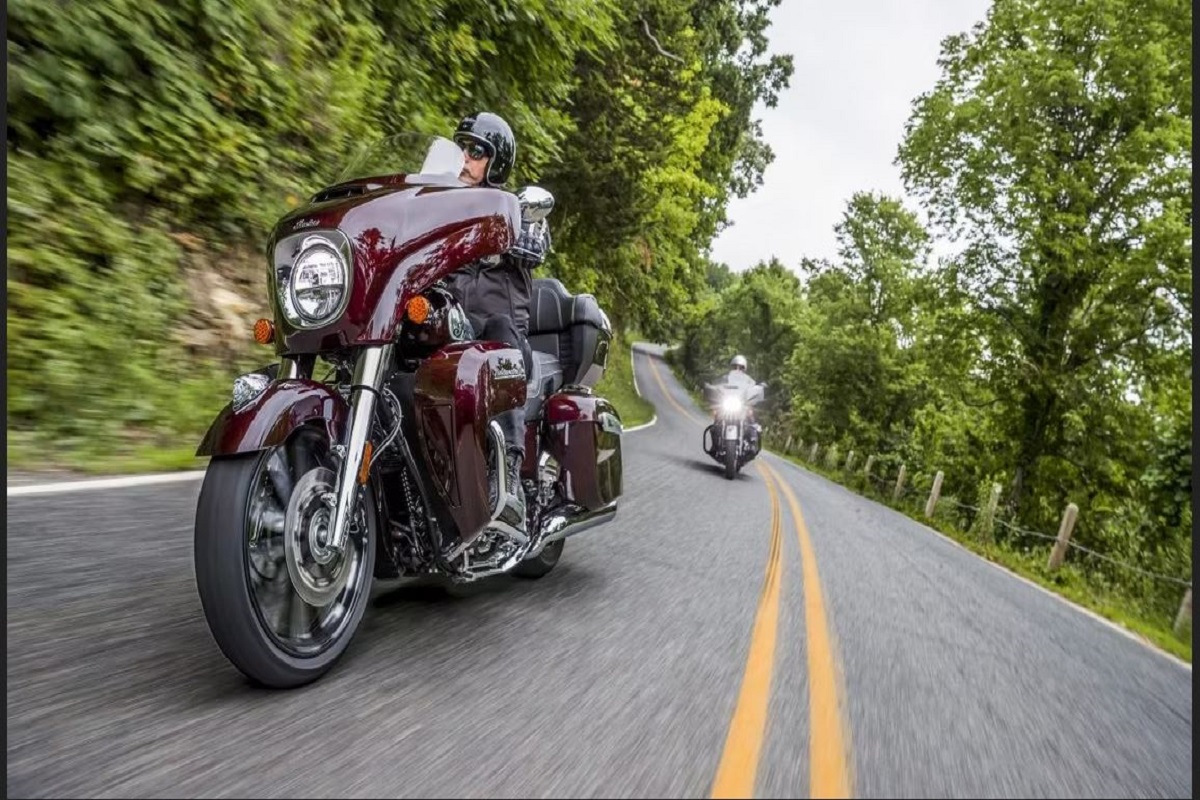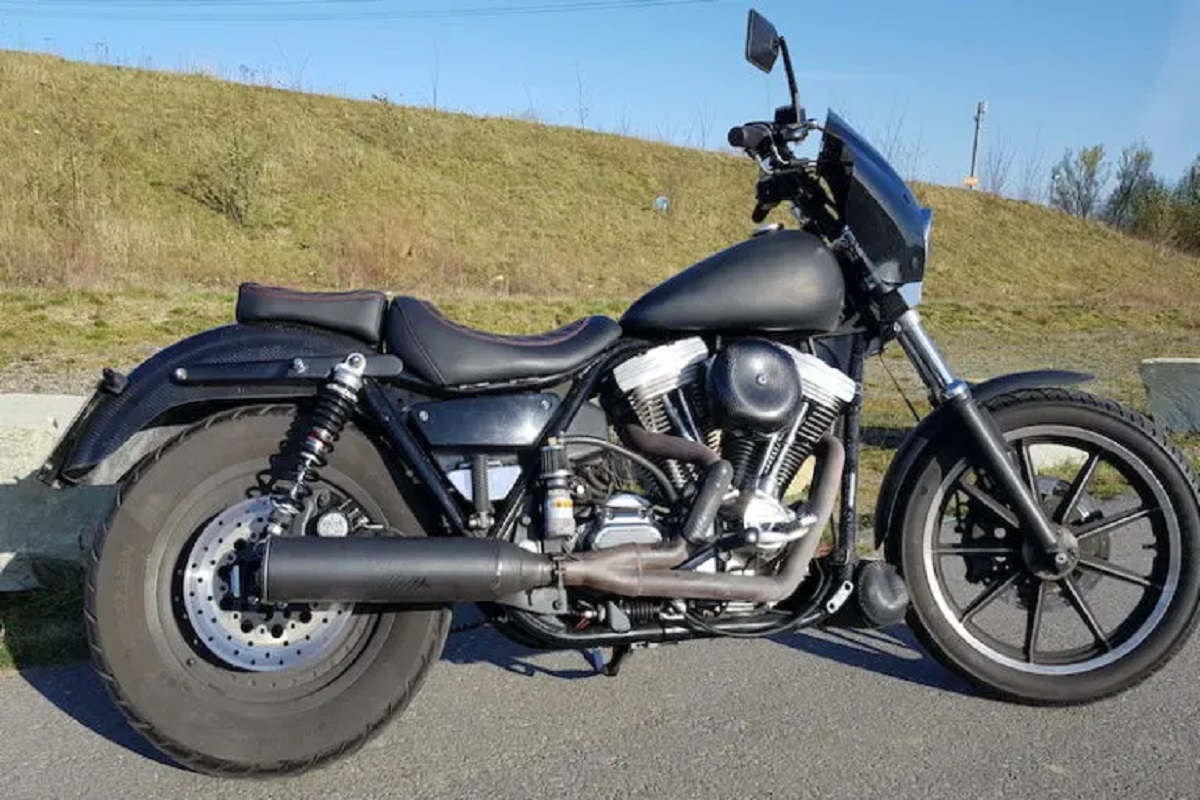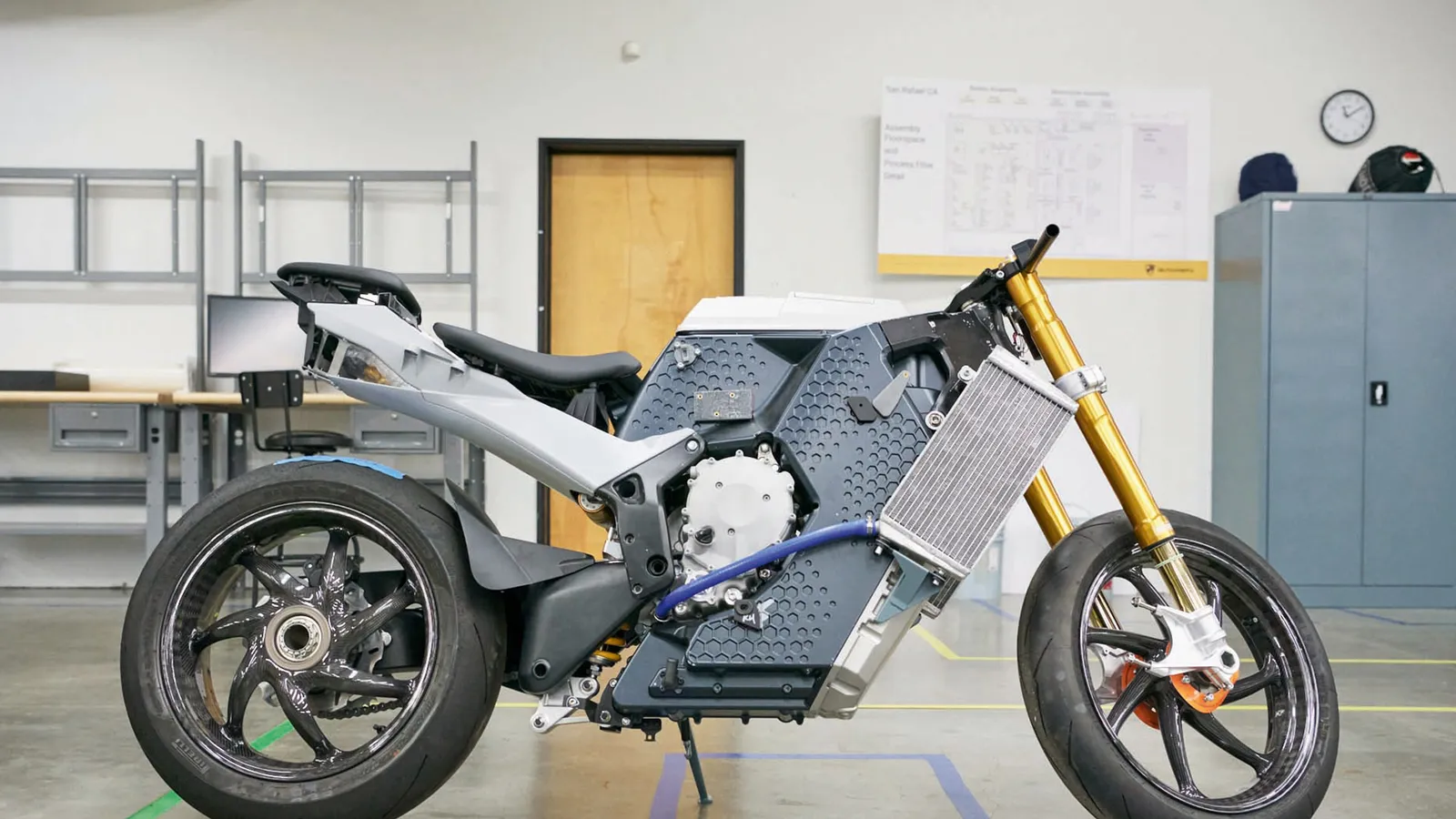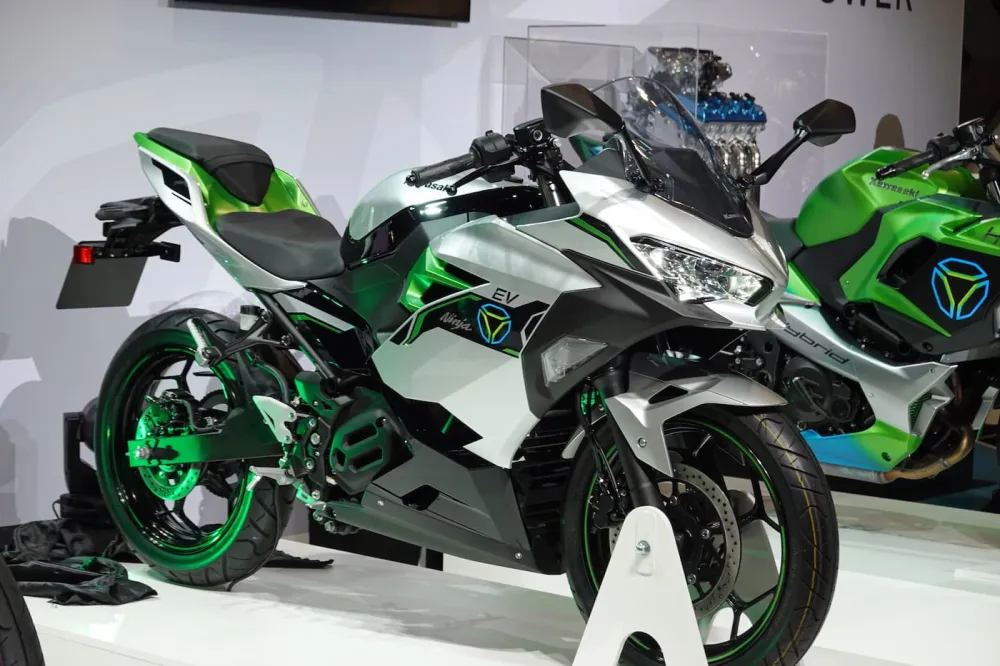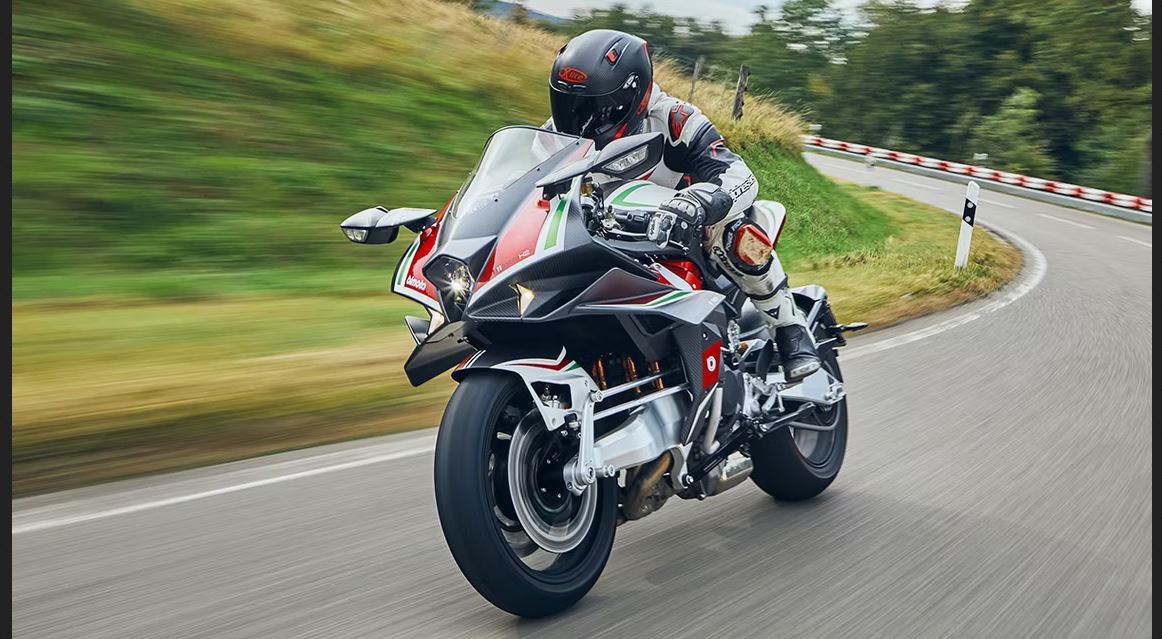Classic motorcycles hold a unique appeal for many enthusiasts. They exude character, simplicity, and a raw authenticity often missing in modern bikes loaded with electronic features. Additionally, classic motorcycles are often more accessible to work on and boast a distinctive sound, free from today’s stringent emission regulations. While legendary classics like the Vincent Black Shadow or Ducati 750 SS may command high prices, there are still many affordable vintage motorcycles available. In this article, we explore ten such classic bikes, all within reach for motorcycle enthusiasts.
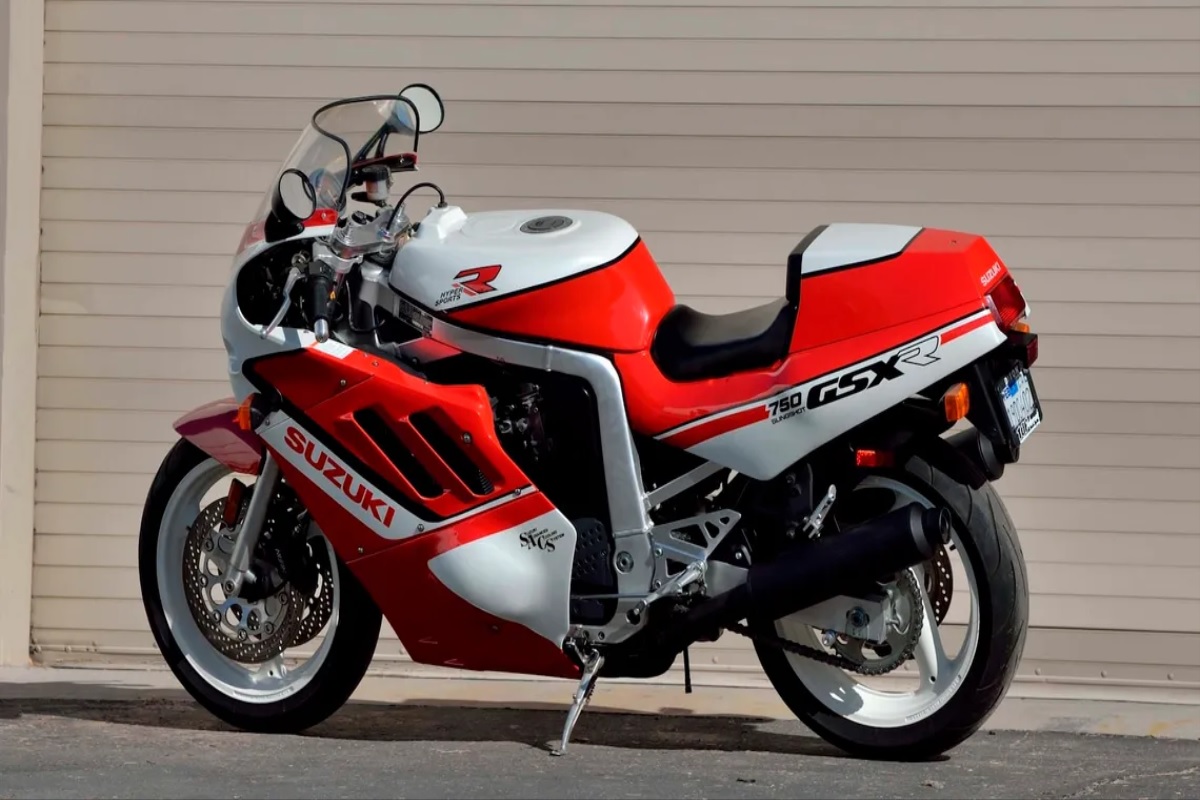
1957 Harley-Davidson XL Sportster
The Harley-Davidson Sportster lineup, introduced in 1957 with the XL Series featuring 883cc and 1000cc Ironhead engines, has left an indelible mark on American motorcycling history. These bikes were known for their fashion-forward design, liveliness, and performance that often outclassed British twins. Owning one today comes with challenges, as they may not handle as well and can rust quickly. However, for those who appreciate their quirks, these old-school Harleys offer a unique riding experience.
Things to Check During Purchase:
– Rust on the chassis or fuel tank
– Cracked frames and engine cases
– Electrical issues
– Oil leaks (some sweating is normal, but dripping is not)
– Clutch performance

1994 Ducati Monster M900
The Ducati Monster M900, though not as vintage as some other bikes on this list, is a classic motorcycle that won’t break the bank. Born from a parts-bin experiment, it quickly won over riders with its distinctive design, exposed trellis frame, powerful L-twin engine, and rattly dry clutch. When buying a Monster M900, pay attention to the condition of the valves and electrical components, as this generation often required regular Desmo service and could suffer from electrical gremlins.
Things to Check During Purchase:
– Display, charging systems, and battery health
– Tank dents due to handlebar placement
– Avoid cheap eBay exhausts; look for stock or Termignoni options
– Verify service records for valve clearance
– Belt condition
1972 Husqvarna CR 450
While Steve McQueen’s Husky 400 Cross may be out of reach for many due to its collector status, the lesser-known Husqvarna CR 450 offers a similar style and character at a more affordable price. Although initially disliked for being heavier and less agile than its predecessor, the CR 450’s imperfections make it an affordable vintage option. It’s an ideal project bike, allowing you to upgrade components like suspension and brakes while preserving its off-road charm.
Things to Check During Purchase:
– Rust in the fuel tank
– Ensure the fuel line has a filter
– Examine suspension and fork seals
– Check for dents on the body and chassis
– Address sticking carburetor float needles
1959 Triumph Bonneville
For those seeking the iconic Triumph Bonneville ridden by Marlon Brando and Steve McQueen, you’ll need to step back in time to the 1960s and 70s. Named after Utah’s salt flats, the Bonneville was celebrated for its powerful twin-cylinder engine, simple design, and numerous land speed records. These vintage Bonnevilles continue to offer a polished character that defines Triumph motorcycles.
Things to Check During Purchase:
– Expect some oil leakage, but it shouldn’t drip excessively
– Inspect for bent handlebars, a common result of tipovers
– Check for a flat power curve with no hesitation if it has an aftermarket exhaust
– Look for rust on the tank, frame, or other metal components
– Address carburetor problems or uneven firing of the engine
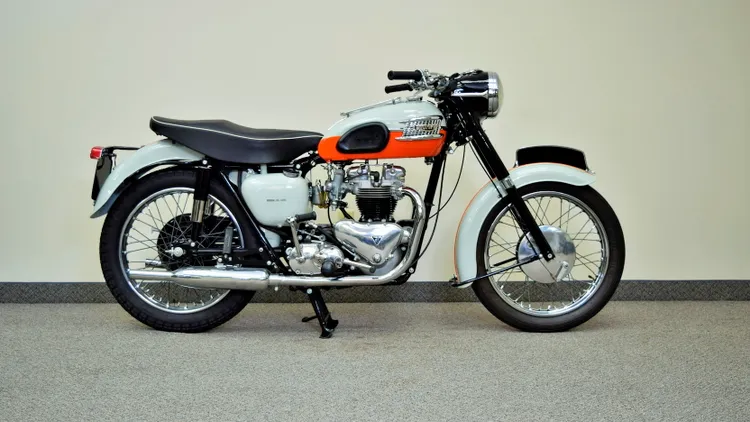
1975 Honda GL1000 Gold Wing
The Honda Gold Wing, in its 1975 GL1000 iteration, differs significantly from the modern luxury touring bikes. With a low center of gravity and a powerful engine, the GL1000 was designed to last and boasts everyday usability. While over 97,000 GL1000s were sold in the United States, they are now quite affordable in the used market. This vintage motorcycle serves as an excellent choice for reliability or as a base for a Japanese café racer project.
Things to Check During Purchase:
– Assess for poorly executed customizations
– Look for rust in various parts of the bike
– Check brake calipers for potential freezing issues
– Inspect electrical components
– Ensure the bike’s fuel pump hose is in good condition
These 5 classic motorcycles offer unique experiences at affordable prices that motorcycle enthusiasts can enjoy. Whether you’re drawn to the character of the Harley-Davidson XL Sportster, the iconic design of the Triumph Bonneville or the spirited performance of the Yamaha RD 350, there’s a classic bike to suit every taste and budget.
